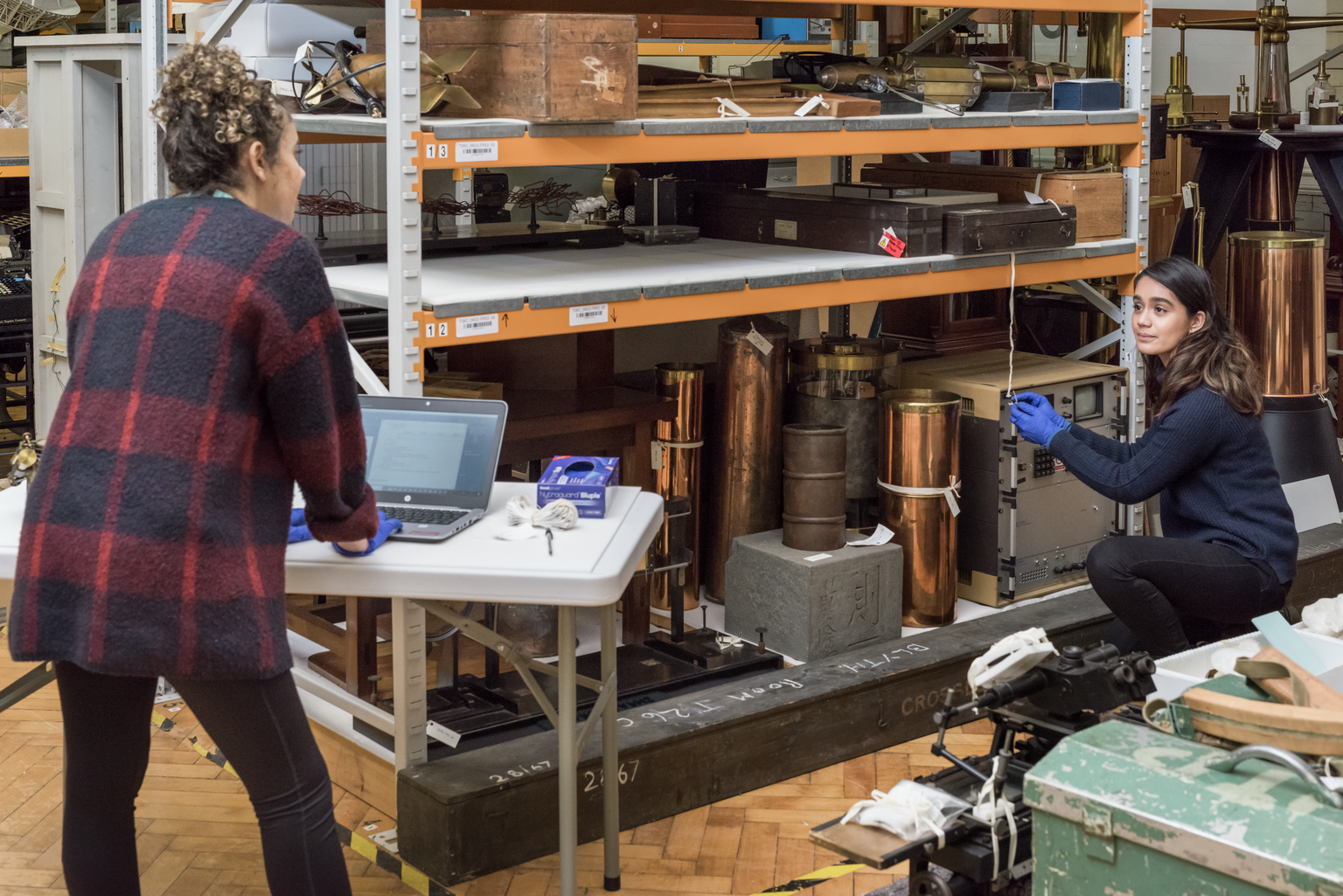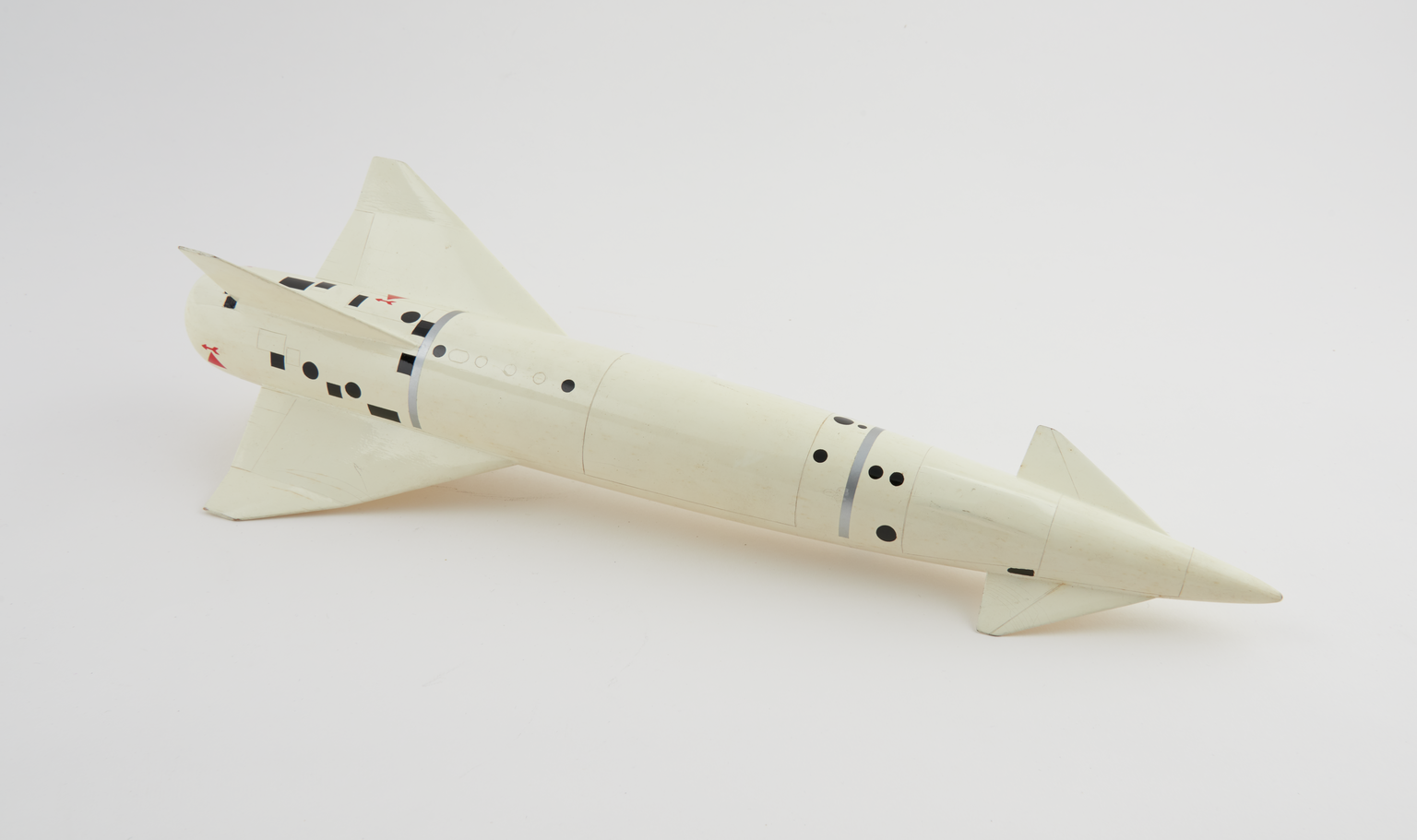At the Blythe House object store in west London, over 50 people are working hard to study, record, digitise, pack and transport 300,000 incredible items from the Science Museum Group Collection to their new home at the National Collections Centre in Wiltshire which will open regularly to the public from 2023.
This blog series goes behind the scenes with the teams making this ambitious project happen.
Got an object you can’t identify? Baffled by old numbering systems? You need the Collections Information team.
We work to resolve historical issues in the collection and are the project’s very own Scooby Gang, made up of colleagues from the curatorial, documentation and registration teams.
We ensure that the 300,000 objects which will be moved to a new home are catalogued to a high standard, with new research and information recorded in our system and available online.
When the inventory, hazards or other teams come across an object which has minimal information, is made of unknown or potentially hazardous materials or needs further investigation, a member of the Collections Information team will swoop in and provide some much-needed answers.
Research is at the centre of what we do. We contact both old and current curators, scour libraries and online resources and dig through extensive original documentation (which can include anything from correspondence to exhibition catalogues and may be wonderfully helpful or a little bizarre).

We are the definition of a museum cataloguing dream team:
Our Assistant Curators use their expertise to investigate and resolve issues surrounding objects which have little or no information, undertaking detailed research to highlight new aspects of the collection.
Documentation Assistants make sure that all the objects we care for have their own unique number (ours show the year they joined the collection) and record on our database. We fill these object records with as much information as we can to bring the objects to life (you can see these in our online collection).
Finally, our Registration team oversee the process of items joining and leaving our collection and organise loans of our objects and objects loaned to us.
Since we started working a year ago, we have researched and updated the records for around 2,500 items (about 80% of the items shared with us).
Our work has shed new light on the collection, allowing us to make greater connections with the people and stories behind them.

For example the work of Frances Micklethwait, a pioneering chemist who studied the effects of mustard gas, has been uncovered and showcased.
We have also studied and recorded larger collections, such as the Morton Collection of chemical dyes which includes fabrics and correspondence with Burberry and Liberty, ensuring that individual objects are represented within our collection and more accessible.
Recently we studied many models illustrating the career of British aviation engineer Professor John Allen. Allen supervised the ballistics and aircraft integration of Blue Danube, Britain’s first atomic bomb.

While a lot of our work takes place behind the scenes, we have a huge impact on what you can see online (and in future displays in our museums).
Together with curators across the Science Museum Group, we’ve updated thousands of object records, given talks, taken part in films and written blog posts (such as Hattie’s exploration of wine testing equipment , Donata’s incense clock and Lisa’s assessment of chairs in the collection). If you haven’t already, go check them out.
Next time you’re faced with a museum mystery, you know who to call!
